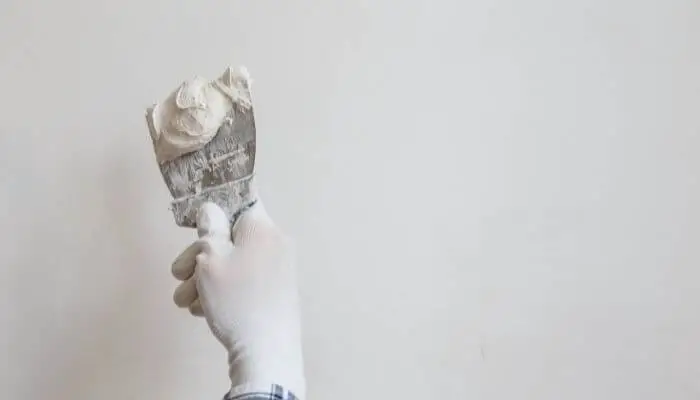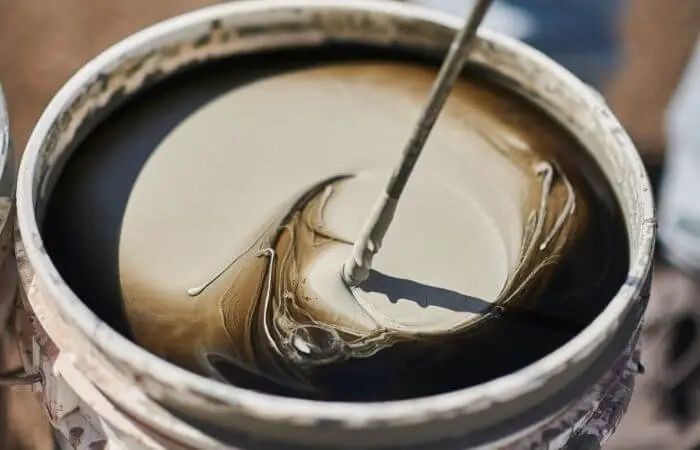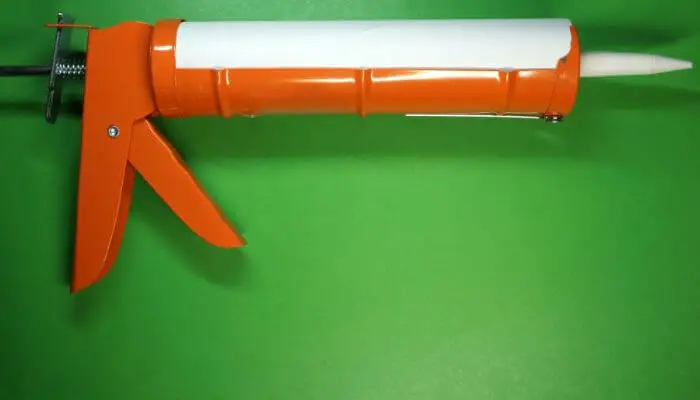When a pool leaks, the water penetrates the ground and goes downward. It may also move into other areas such as a neighbor’s yard.

What Causes Pool Leaks?
Inground pools should be less prone to leakage. They have a special drain that brings water back into the filter system.
The drainage system, however, could malfunction due to various circumstances, such as an earthquake or excessive water pressure.

Despite its inherent durability, concrete may also form cracks when we expose it to several forces that try extremely hard to destroy it, such as freezing and thawing the pool.
Other things that cause leakage may include:
- Broken pipes
- An outdated pool liner
- Mechanical malfunction
- Loose fittings
- Accidentally dropping heavy objects in the pool
- Keeping a pool ladder in the same spot (the weight can break the floor)
- Sharp pool toys scratching the liner
Problems Pool Leaks Can Cause
You should deal with leaks immediately because of the many risks that they pose. For example, hydrostatic pressure can occur if a pool drops too low. It may lead to cracks, not only in the pool area but also in the nearby structures as well.
The water should go back to the pool after it’s filtered. However, if the drain fails, your inground pool can lift out of the ground and float like a boat.

A leak in the pool can cause a significant spike in your water bill and damage your yard. If not treated sooner, it may even lead to soil erosion and form a sinkhole over time.
Apart from these, it will be difficult for you to maintain your pool water’s pH level. It’s because leaks will easily allow foreign debris to get in the pool, leading to algal and bacterial growth.
How to Check If Your Pool Is Leaking
You can check for apparent signs to know if your pool is leaking. It could be a crack in the pool or wet spots around the pool area.
Assuming that there are no noticeable signs, try the following methods:
Method 1: Do the Tape Test
You may use this test to check if the water loss is average, meaning that it’s due to evaporation and not leakage. All you need is some vinyl tape.
- Fill the pool to its standard water level.
- Cut some tape and stick it to the wall to indicate the water level.
- Turn the pump off for 24 hours.
- Put some tape to mark the new water level.
- Check and note the difference between your initial mark and the level that the water has lowered.
- If the water level drops to more than ½ inch, it may be a sign that the pool is leaking.
Method 2: Do the Bucket Test
This test is similar to the one above, but you’ll need a bucket and some tape. Follow these simple steps:
- Fill the pool to its standard water level.
- Fill a bucket with water (about ¾) and use some tape to mark the container’s water level.
- Place the water-filled bucket on a pool step or near the pool’s edge.
- Mark the pool’s water level by sticking some tape on the wall.
- Turn the pool’s pump off for 24–48 hours.
- You can use a ruler to check the new water levels in the pool and the bucket.
- Compare how much the water levels have dropped.
Everything is fine if the bucket and the pool have the same water level loss. But if the pool has lost more water than the bucket, there might be a leak somewhere.
Method 3: Do the Shell vs. Plumbing Test
If you believe there’s leakage in your pool, this test will help you locate the problem. In case there are no visible cracks or holes, the leak might be coming from the shell or the plumbing system.
To determine the source of the leakage, follow these steps:
- Fill up your pool and mark the water level.
- Run the pool’s filter pump nonstop for 24 hours.
- Check and note the difference between your initial mark and the new water level.
- Fill the pool back up to its initial level to ensure that the gravitational effect will be the same in both testing times.
- Turn the pump off for 24 hours or the same amount of time as the initial test.
- Check and note the water loss again. Then, compare both results.
If the water level loss is lower when the pump is off, it’s most likely that the leak is coming from your liner or shell. But if the level dropped more when the pump was on, the problem might come from the plumbing system.
Method 4: Do the Dye Test
If you suspect that there’s a leak in a specific area of your pool, this test can help you confirm whether your hunch is correct or not. It could work on all surfaces, including gunite, fiberglass, and vinyl.
For this test, prepare a leak detection kit and follow the steps:
- Turn the pump off, as you must do this on still water.
- Wear goggles and a snorkel if you need to test at the pool’s bottom.
- Using a syringe, squirt a bit of dye into the area where you think the leak is.
- You can confirm a leak if the dye flows toward it.
How to Fix Pool Leaks:
How you fix leaks in the pool depends on where the problem comes from and the type of pool you own. Here are some of the ways to repair pool leakage:
1. Use Patches
Pool leaks need immediate fixing to avoid further problems. You may try to patch cracks yourself but remember to only DIY if you know what you’re doing. Be extra careful, as you can further damage the pool.
It’s essential to figure out which materials you can safely use. For instance, you can repair leaks using a patch specially made for vinyl liners. It may aid in preventing the tear from spreading.
2. Use Pool Putty
It’s easy to use putty to cover up leakages. You just need to squeeze a little amount directly into the tile crack or hole.

After the application, leave the putty for 20–30 minutes to dry, then check to ensure that you’ve covered the crack well.
Pool putty is commonly used to waterproof cinder block pools so it is a highly effective, tried and tested method.
3. Use Epoxy
Using epoxy is an excellent option if you’re sealing leaks underwater. You can use it by directly squeezing the sealant into the crack.

After that, allow it to set for at least 45 minutes. Then, check if the epoxy has effectively sealed the crack.
4. Use a Rubber-Based Sealant
A rubber-based sealant can be a substitute for epoxy. You may directly apply it to the tile crack, just like how you would use an epoxy sealant.

However, it can take a longer time to cure. You might also need to repeat the application several times before the leak’s source is fully sealed.
5. Hire an Expert to Fix the Leak
No matter how much you want to mend everything on your own, you might find something you can’t understand. There’s always a time to step back. So, if the leak source is too complicated to fix, it’s time to ask for help from a professional.
By trying to figure things out on your own, you might accidentally expose your pool to further damage. No one can more accurately identify the problem than a skilled pool expert.
Therefore, it’ll be time to look for a pool service company in your area.

